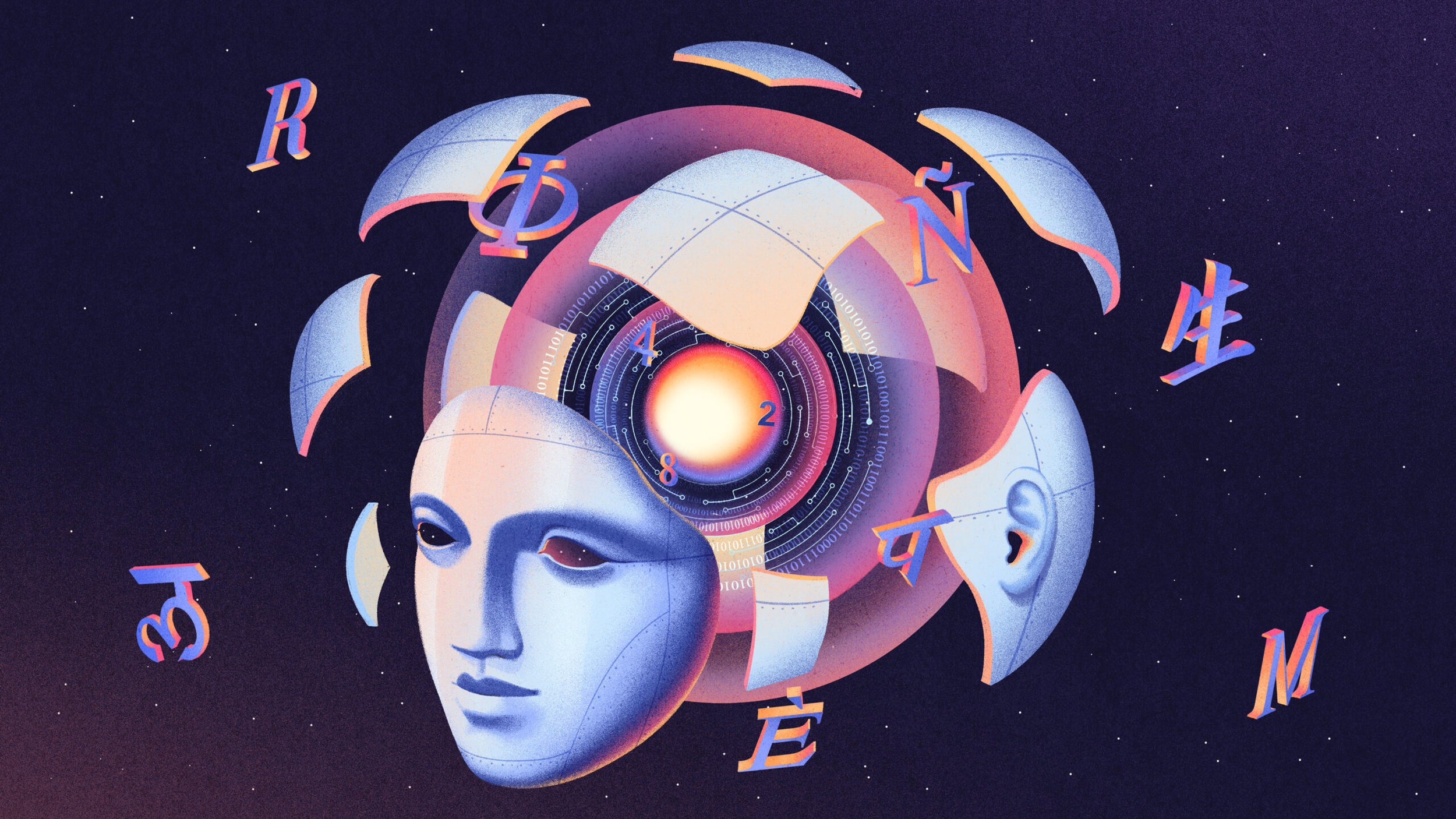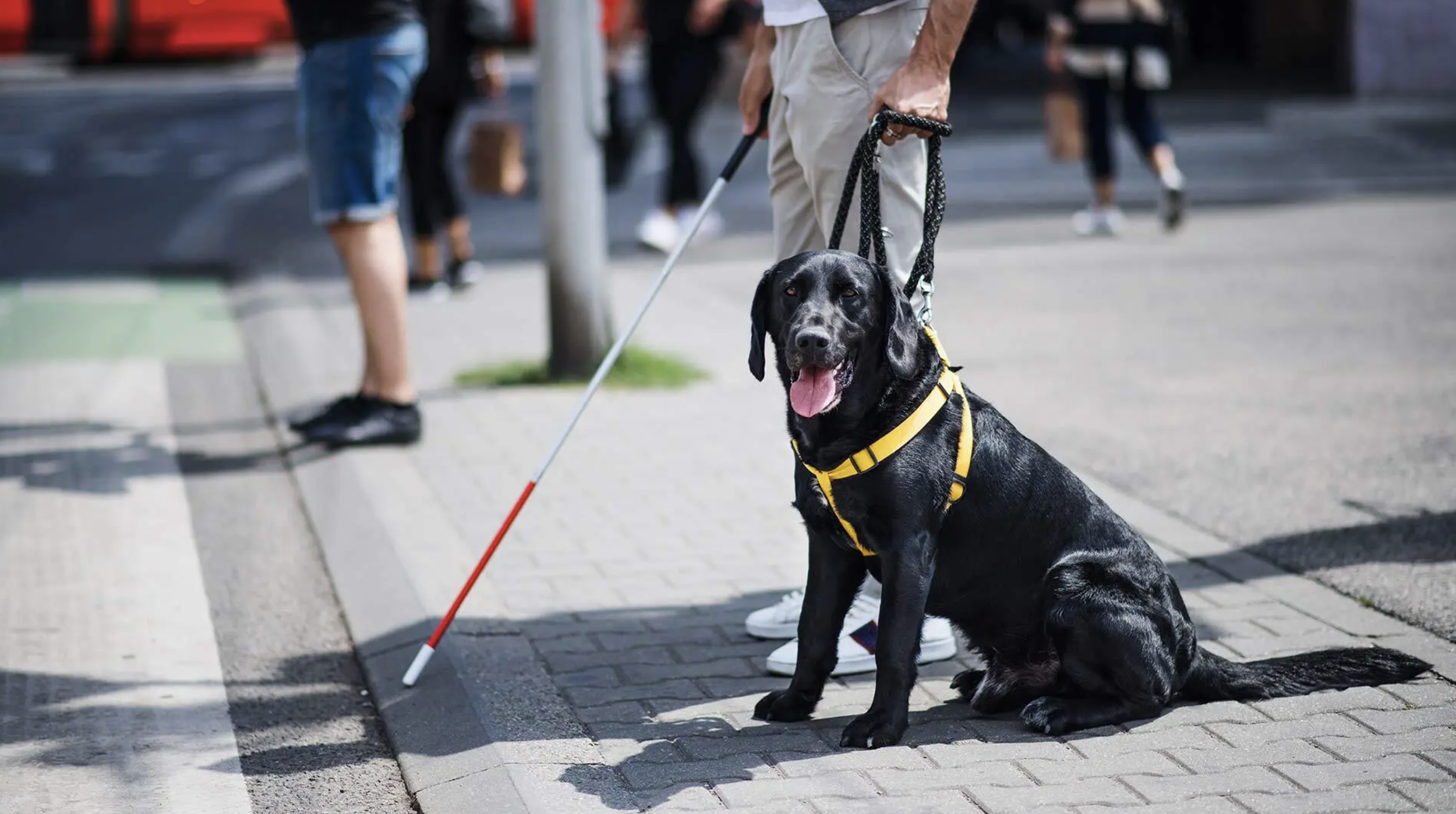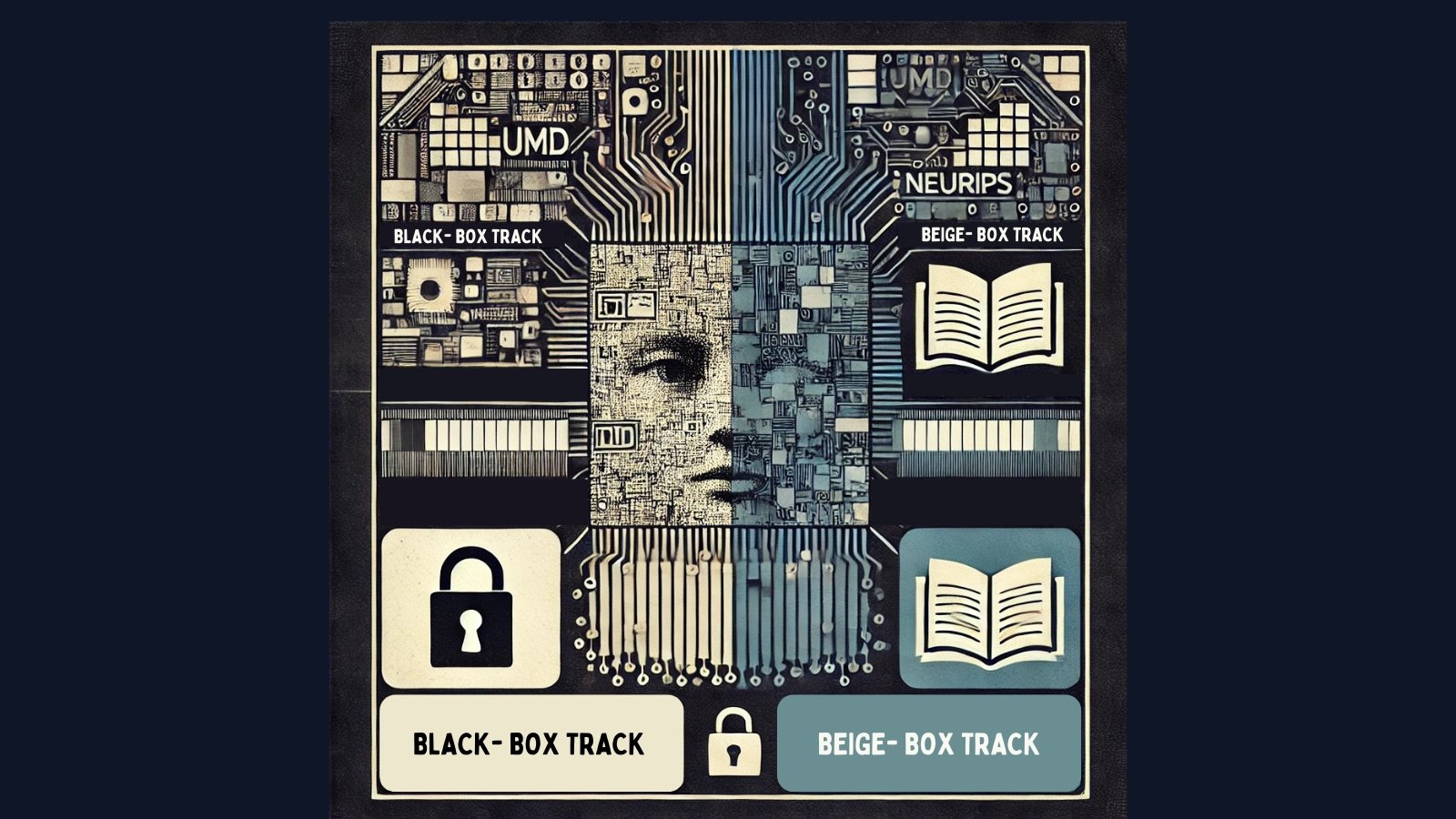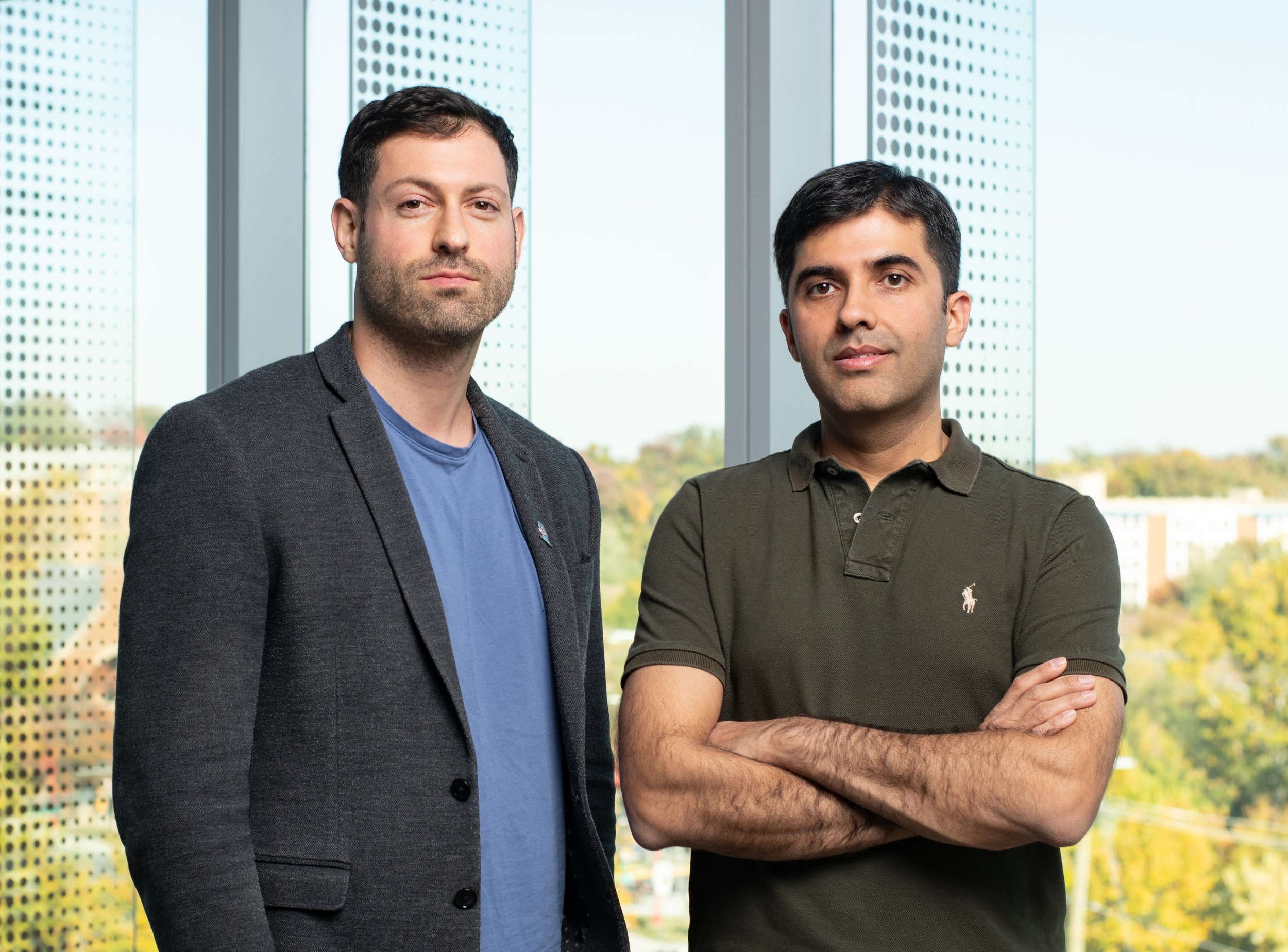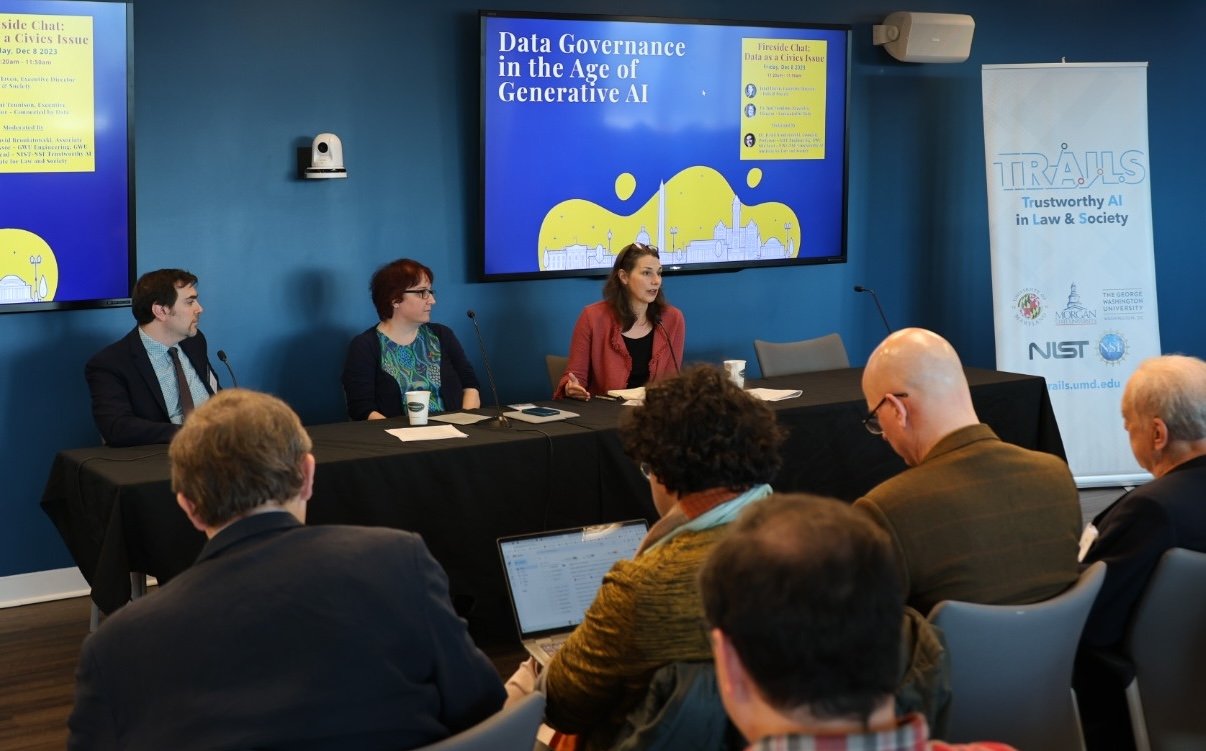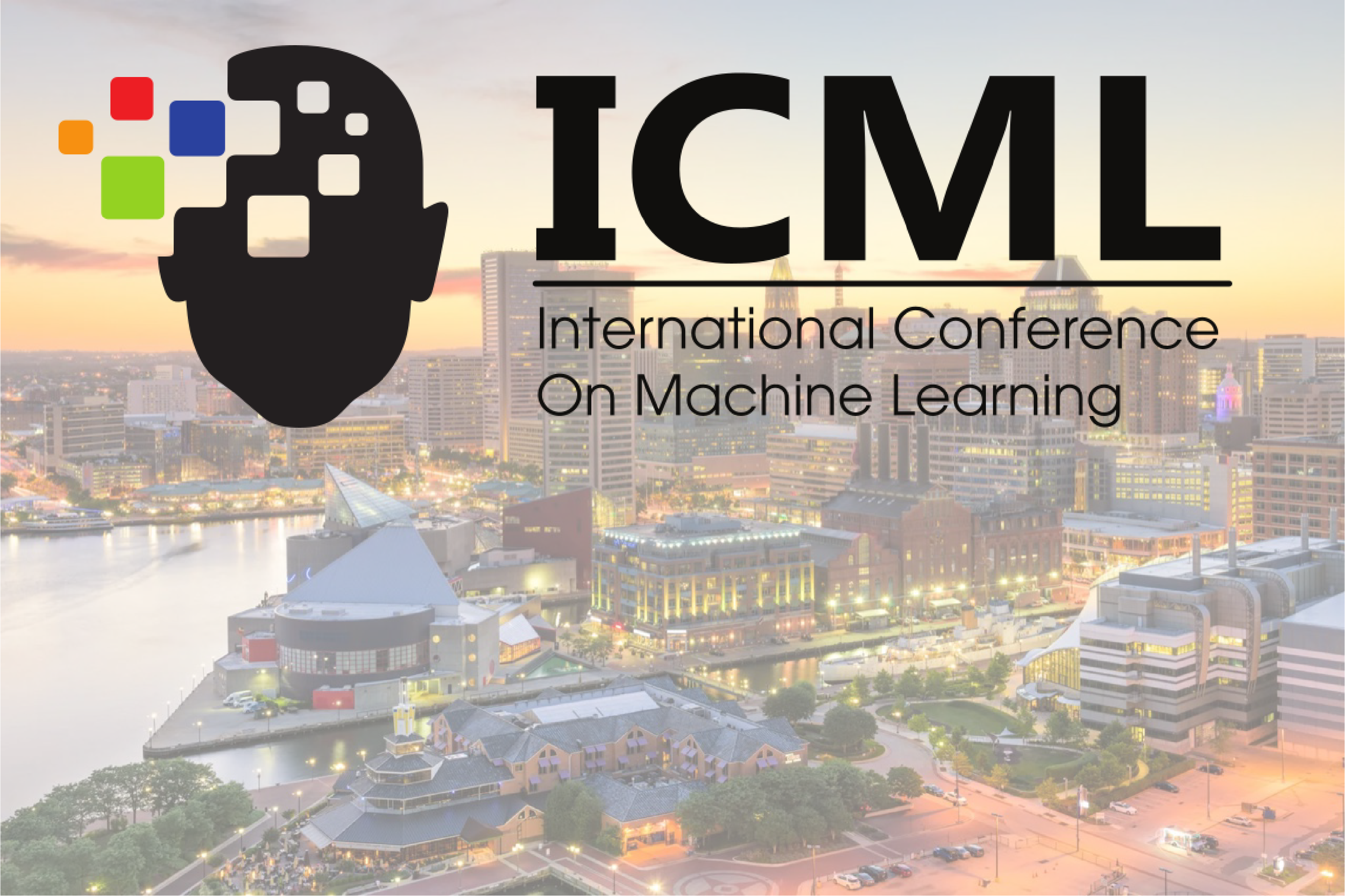
Volpi-Cupal Endowed Professor of Computer Science
Tom Goldstein, Co-PI
University of Maryland
Tom Goldstein is a Volpi-Cupal Endowed Professor of Computer Science with an appointment in the University of Maryland Institute for Advanced Computer Studies, where he is also the director of the University of Maryland Center for Machine Learning. His research lies at the intersection of machine learning and optimization, and targets applications in computer vision and signal processing. As a co-PI of TRAILS, Goldstein leads the methods and metrics research thrust, aimed at developing novel methods, metrics and advanced machine learning algorithms for AI systems that reflect the values and interests of all stakeholders.
Area of Expertise: Trustworthy AI
-
Kirchenbauer, J., Geiping, J., Wen, Y., Katz, J., Miers, I., & Goldstein, T. (2023). (arXiv:2301.10226).
Abstract: Potential harms of large language models can be mitigated by watermarking model output, i.e., embedding signals into generated text that are invisible to humans but algorithmically detectable from a short span of tokens. We propose a watermarking framework for proprietary language models. The watermark can be embedded with negligible impact on text quality, and can be detected using an efficient open-source algorithm without access to the language model API or parameters. The watermark works by selecting a randomized set of “green” tokens before a word is generated, and then softly promoting use of green tokens during sampling. We propose a statistical test for detecting the watermark with interpretable p-values, and derive an information-theoretic framework for analyzing the sensitivity of the watermark. We test the watermark using a multi-billion parameter model from the Open Pretrained Transformer (OPT) family, and discuss robustness and security.
-
Somepalli, G., Singla, V., Goldblum, M., Geiping, J., & Goldstein, T. (2022). (arXiv:2212.03860).
Abstract:Cutting-edge diffusion models produce images with high quality and customizability, enabling them to be used for commercial art and graphic design purposes. But do diffusion models create unique works of art, or are they replicating content directly from their training sets? In this work, we study image retrieval frameworks that enable us to compare generated images with training samples and detect when content has been replicated. Applying our frameworks to diffusion models trained on multiple datasets including Oxford flowers, Celeb-A, ImageNet, and LAION, we discuss how factors such as training set size impact rates of content replication. We also identify cases where diffusion models, including the popular Stable Diffusion model, blatantly copy from their training data.
-
Somepalli, G., Singla, V., Goldblum, M., Geiping, J., & Goldstein, T. (2023). (arXiv:2305.20086).
Abstract: Images generated by diffusion models like Stable Diffusion are increasingly widespread. Recent works and even lawsuits have shown that these models are prone to replicating their training data, unbeknownst to the user. In this paper, we first analyze this memorization problem in text-to-image diffusion models. While it is widely believed that duplicated images in the training set are responsible for content replication at inference time, we observe that the text conditioning of the model plays a similarly important role. In fact, we see in our experiments that data replication often does not happen for unconditional models, while it is common in the text-conditional case. Motivated by our findings, we then propose several techniques for reducing data replication at both training and inference time by randomizing and augmenting image captions in the training set.
-
Dooley, S., Downing, R., Wei, G., Shankar, N., Thymes, B., Thorkelsdottir, G., Kurtz-Miott, T., Mattson, R., Obiwumi, O., Cherepanova, V., Goldblum, M., Dickerson, J. P., & Goldstein, T. (2021). (arXiv:2110.08396).
Abstract: Much recent research has uncovered and discussed serious concerns of bias in facial analysis technologies, finding performance disparities between groups of people based on perceived gender, skin type, lighting condition, etc. These audits are immensely important and successful at measuring algorithmic bias but have two major challenges: the audits (1) use facial recognition datasets which lack quality metadata, like LFW and CelebA, and (2) do not compare their observed algorithmic bias to the biases of their human alternatives. In this paper, we release improvements to the LFW and CelebA datasets which will enable future researchers to obtain measurements of algorithmic bias that are not tainted by major flaws in the dataset (e.g. identical images appearing in both the gallery and test set). We also use these new data to develop a series of challenging facial identification and verification questions that we administered to various algorithms and a large, balanced sample of human reviewers. We find that both computer models and human survey participants perform significantly better at the verification task, generally obtain lower accuracy rates on dark-skinned or female subjects for both tasks, and obtain higher accuracy rates when their demographics match that of the question. Computer models are observed to achieve a higher level of accuracy than the survey participants on both tasks and exhibit bias to similar degrees as the human survey participants.
-
Wen, Y., Jain, N., Kirchenbauer, J., Goldblum, M., Geiping, J., & Goldstein, T. (2023). (arXiv:2302.03668).
Abstract: The strength of modern generative models lies in their ability to be controlled through text-based prompts. Typical "hard" prompts are made from interpretable words and tokens, and must be hand-crafted by humans. There are also "soft" prompts, which consist of continuous feature vectors. These can be discovered using powerful optimization methods, but they cannot be easily interpreted, re-used across models, or plugged into a text-based interface.
We describe an approach to robustly optimize hard text prompts through efficient gradient-based optimization. Our approach automatically generates hard text-based prompts for both text-to-image and text-to-text applications. In the text-to-image setting, the method creates hard prompts for diffusion models, allowing API users to easily generate, discover, and mix and match image concepts without prior knowledge on how to prompt the model. In the text-to-text setting, we show that hard prompts can be automatically discovered that are effective in tuning LMs for classification.


